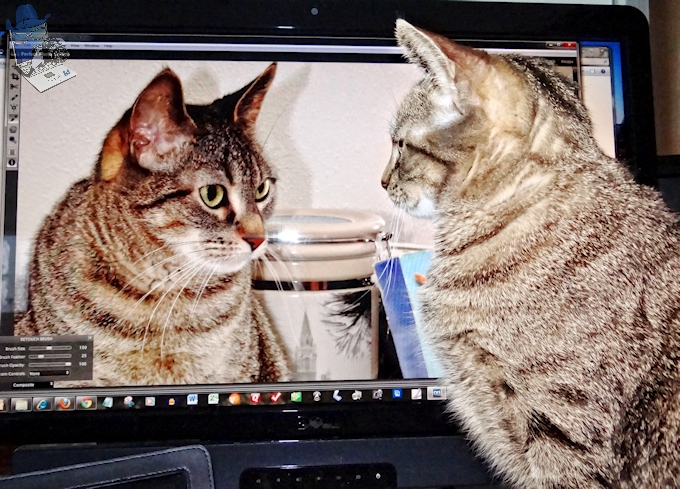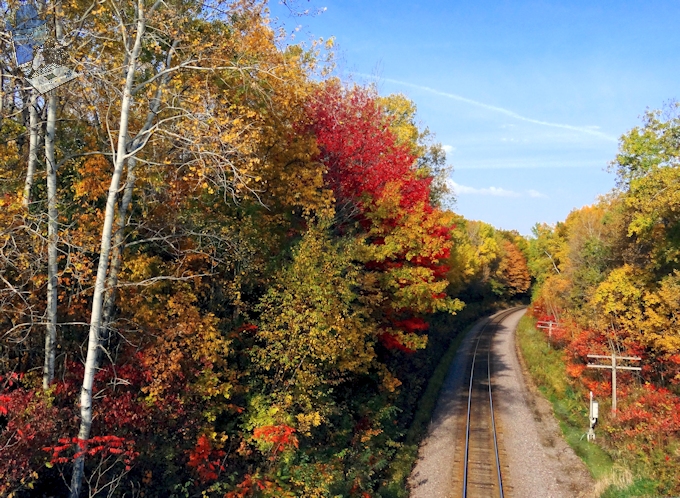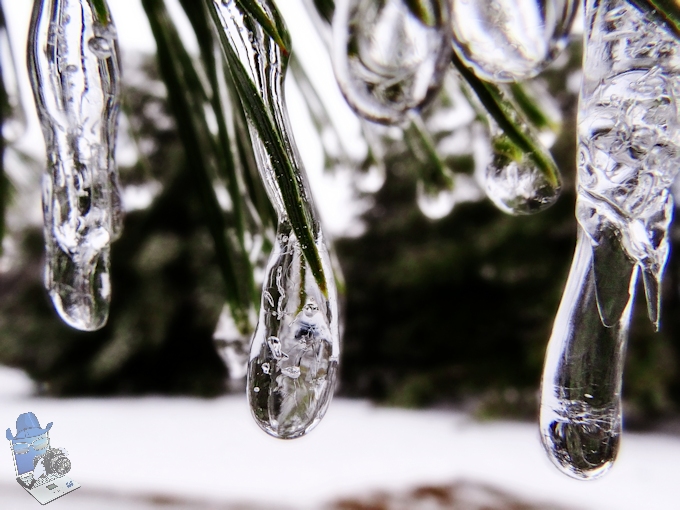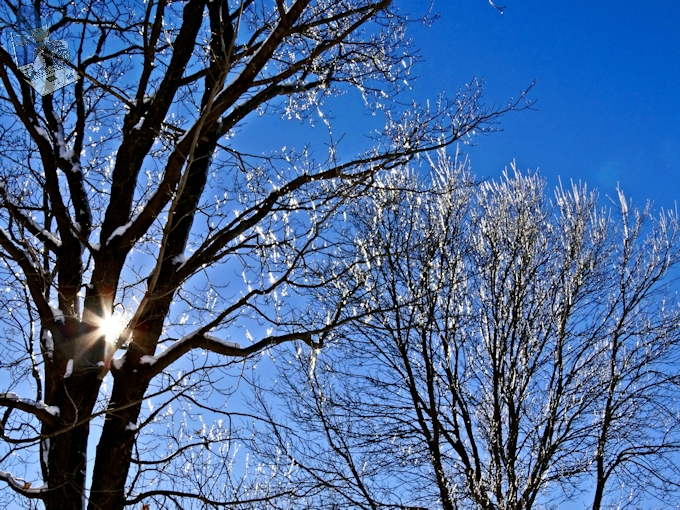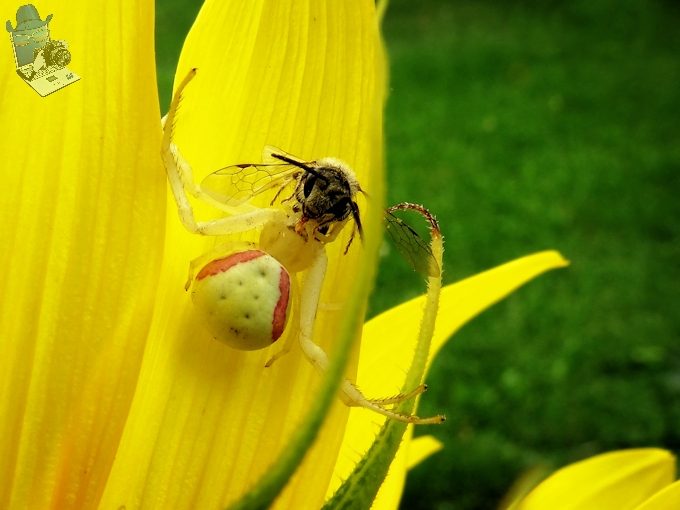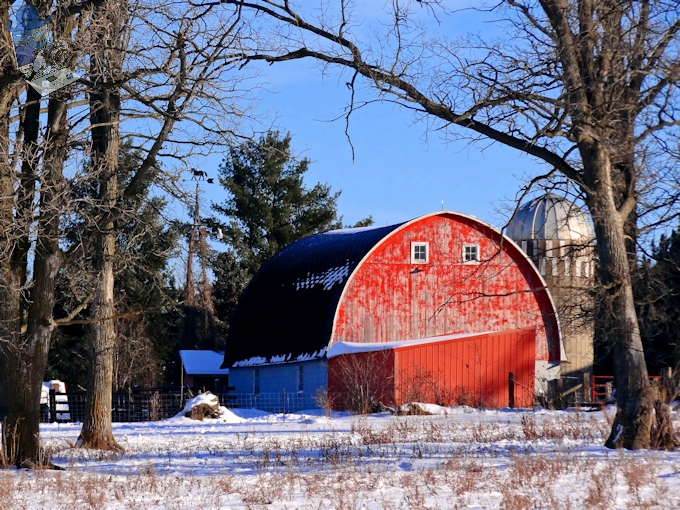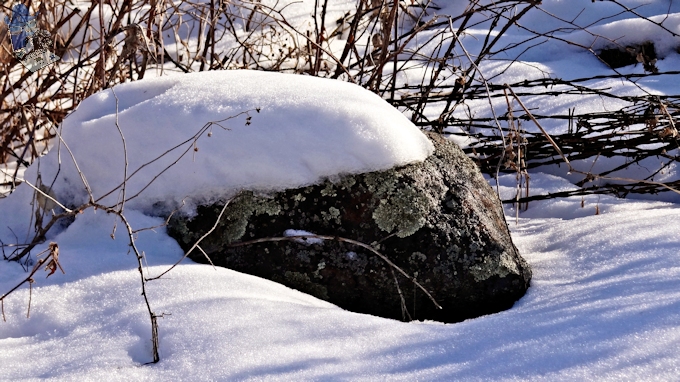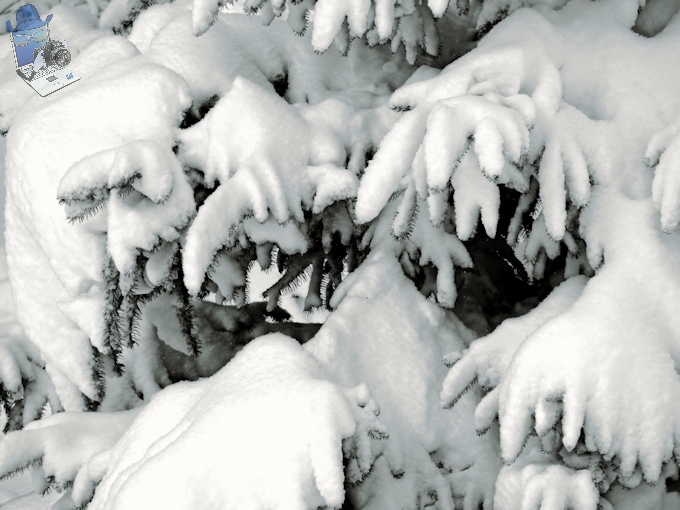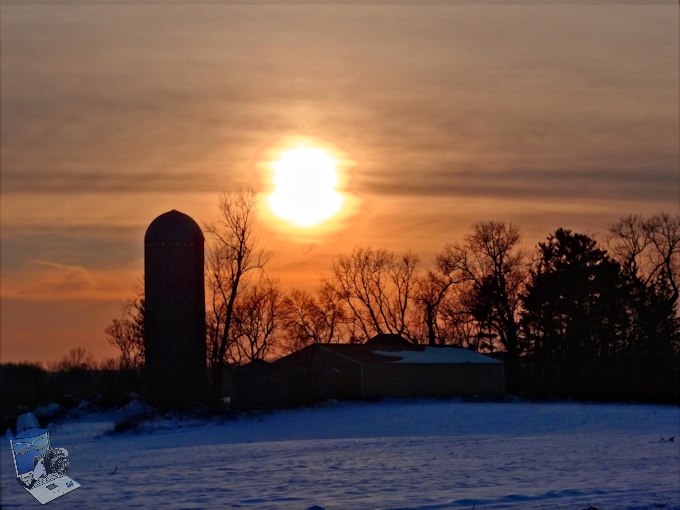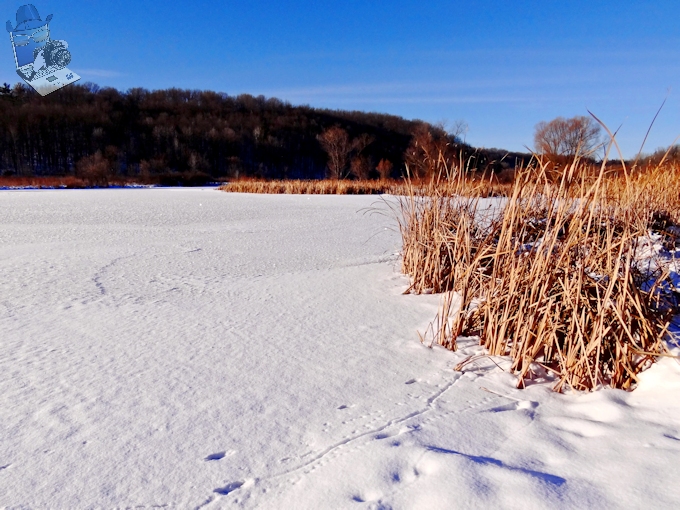Today is National Freedom Day, an observance in the United States that honors the signing of a resolution that proposed the 13th amendment of the nation’s constitution on February 1, 1865. Abraham Lincoln, who was the president at the time, signed the resolution to outlaw slavery. The Thirteenth Amendment to the United States Constitution, ratified on December 18, 1865, outlaws slavery and involuntary servitude.
But apparently that amendment does not apply to people who have cats, since humans are cats slaves! And they can be rather demanding and forcing us into involuntary servitude if you don’t want to get clawed up.
It is hard to work on the computer when the ‘master’ is around, blocking my view to the monitor or sitting on the mouse. Apparently Tippy wanted to make sure I was editing a picture of herself to be in the next children’s book. She will be rather disappointed when she finds out that she is not the star in the next book!
Cats Rule


